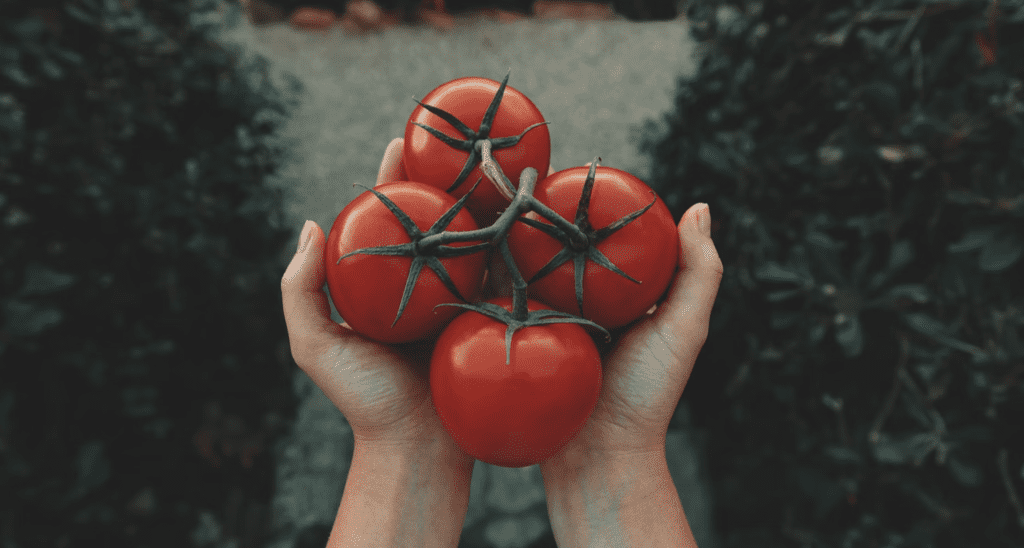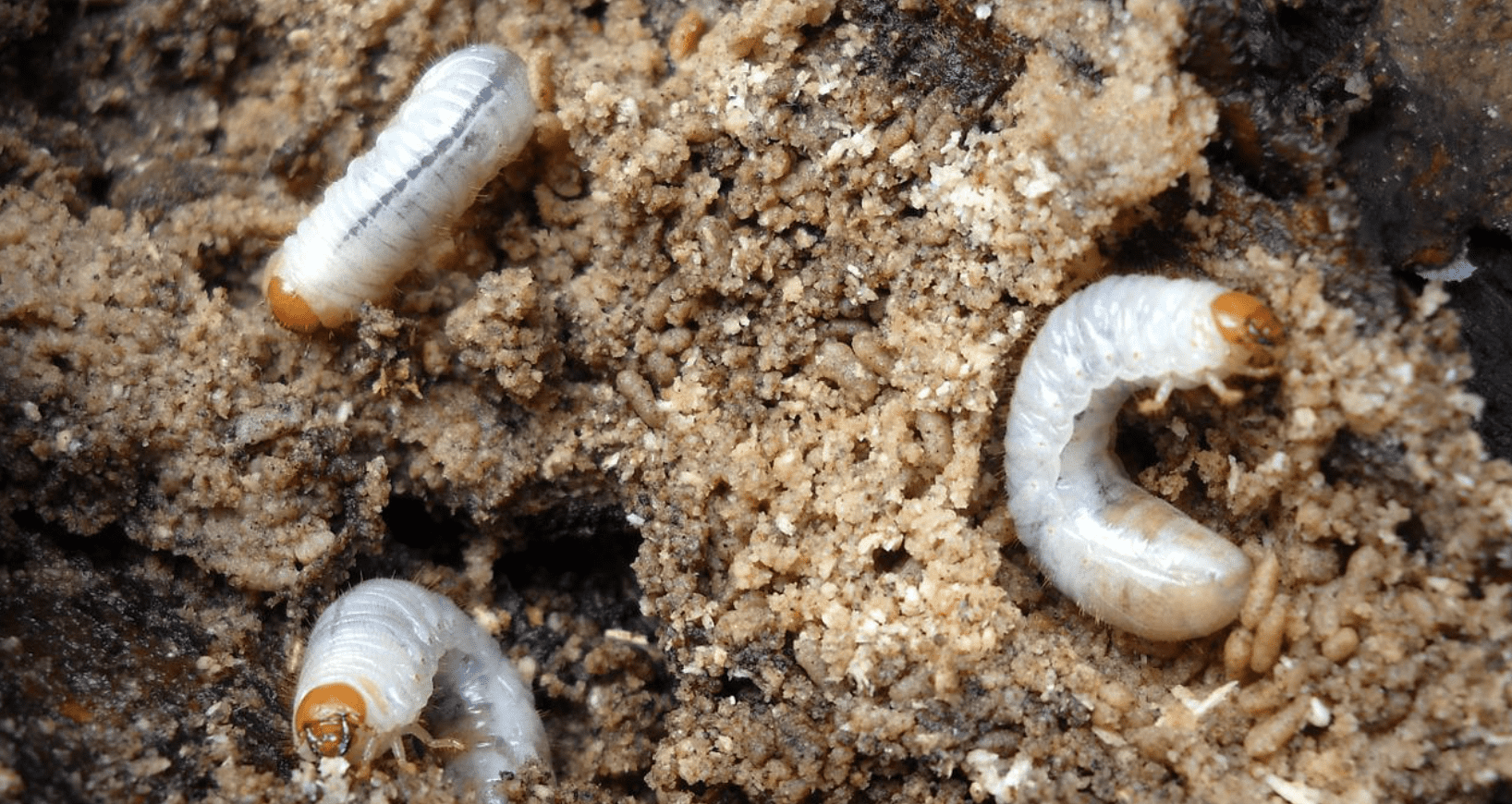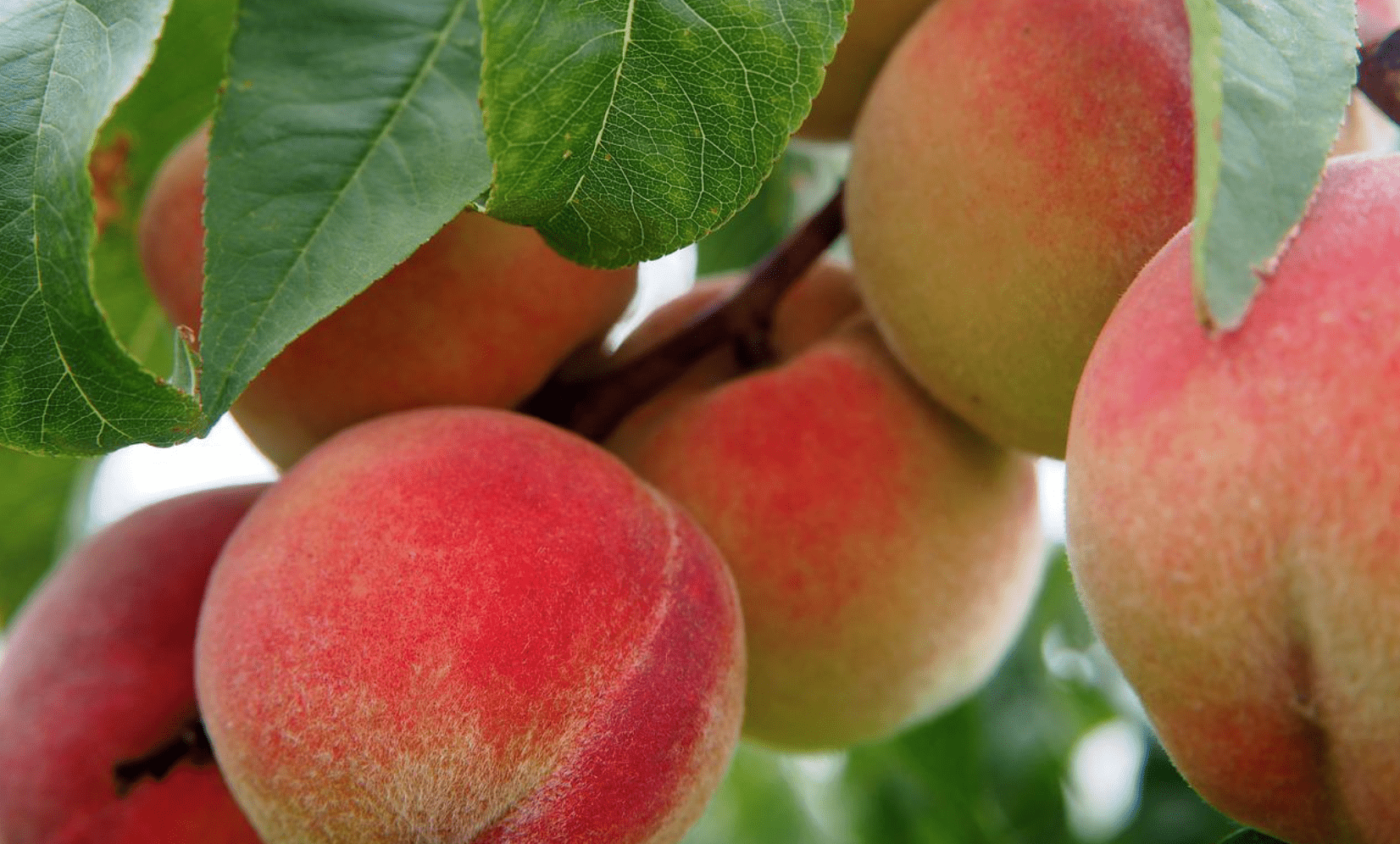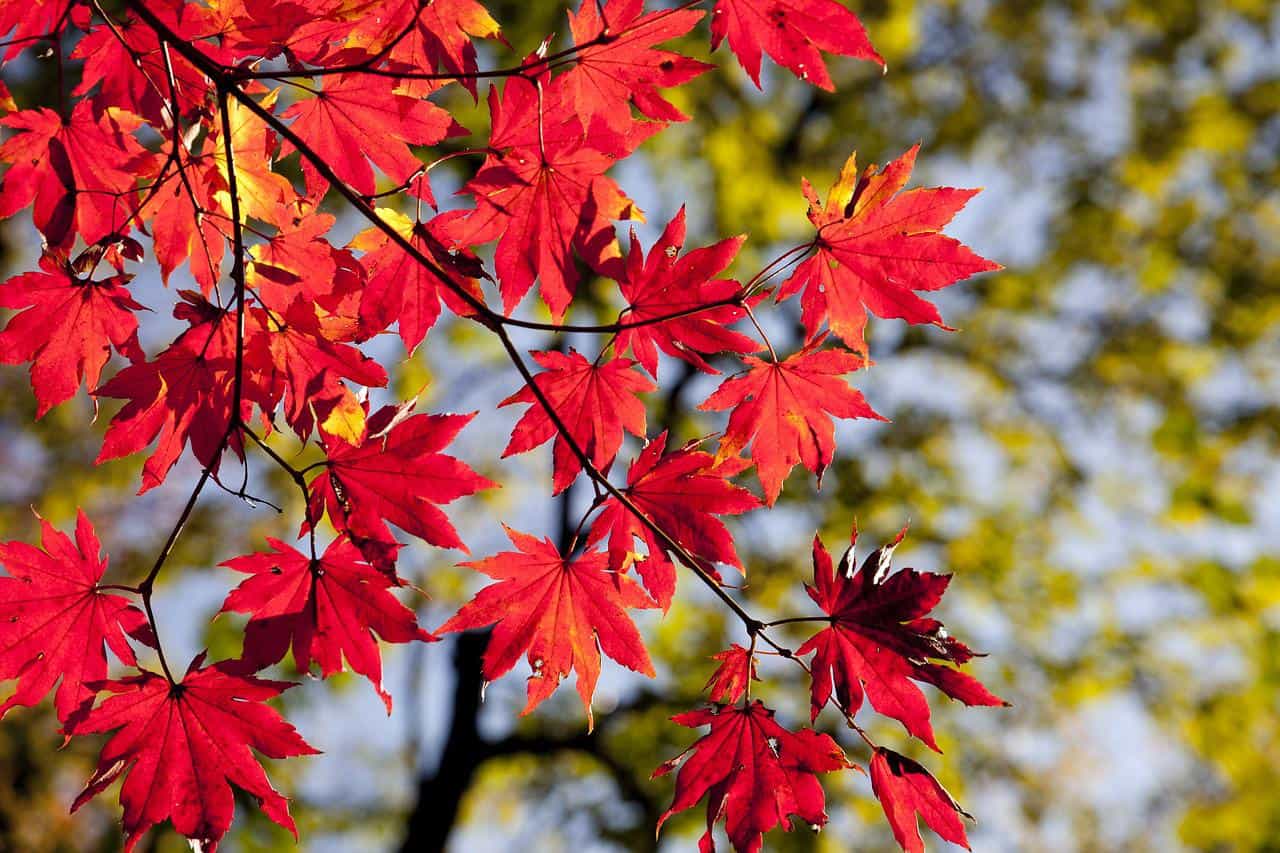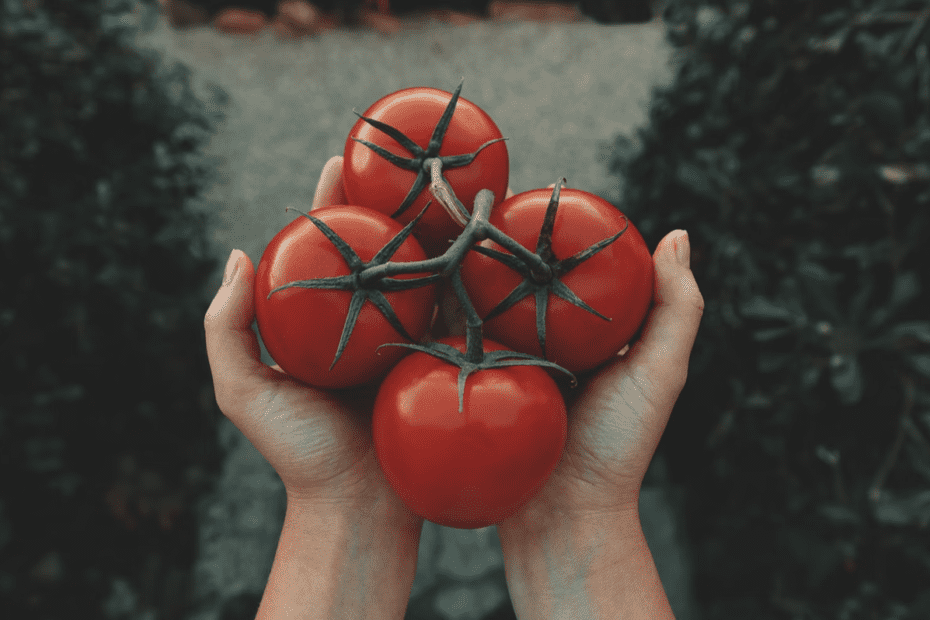A Guide to Growing San Marzano Tomatoes
Tomatoes are a very versatile fruit (that’s right, they’re a fruit because they have seeds!). They are a favorite among hobby and Master Gardeners alike, whether they’re grown on decks, in the ground, on apartment patios, or even via hydroponics. Tomatoes can form the base of sauces, spreads, and soups, or garnish salads, sandwiches, and appetizers.
San Marzano tomatoes, with their manageable size and sweet deliciousness, are especially popular. So how do you successfully grow San Marzano tomato plants?
What Are San Marzano Tomatoes?
San Marzano tomatoes, plants named for their town of origin, came to us from southern Italy. San Marzano tomatoes grown in the region benefit from the rich volcanic soil of Mount Vesuvius. They have a sweet, non acidic flavor, perfect for sauces or snacking raw. They have fewer seeds compared to other tomato varieties. About four inches long, San Marzanos are an oblong shape similar to Roma tomatoes.
There are several types of hybrid San Marzano varieties. Heirloom or heritage variety is the main type of San Marzano tomato.
Growing San Marzano tomatoes, on the most basic level, requires plenty of sun, nutrient-rich soil, water, and a tomato cage for support. It helps to have fertilizer and protection against pests as well.
When to Plant San Marzano Tomatoes
Plant San Marzano tomatoes in the spring so they can ripen in the summer. If you are growing them from the seed in the ground, you’ll need to time the planting around the last frost of winter. Surprise frosts often catch us off guard, so just approximate two months before when the last frost usually happens. Plant the seeds then, as they take 11-12 weeks to reach maturity.
Aquaponics and hydroponics systems can grow tomatoes indoors. These are good options for cold climates or homes with inadequate garden space. When growing a San Marzano tomato plant indoors, you can plant it any time of the year, as long as indoor climates remain above 70 degrees Fahrenheit and not too dry.
How to Grow San Marzano Tomatoes
There are several ways to grow San Marzano tomatoes. Whichever method you choose, don’t forget to label them if you are growing many different species of plants at once.
Growing in Pots
- A full grown plant can be up to 8 feet tall and 3 feet wide. 10-20 gallon pots will accommodate growing San Marzano tomatoes.
- Position a tomato cage (at least 5 feet tall) in the pot.
- An advantage to keeping tomatoes in pots is that deer are less likely to get at them.
- Make sure there is a drainage hole in the bottom of the pot so your San Marzano tomatoes plant won’t get accidentally waterlogged.
- If you choose to transplant from the pot into the garden or into a different pot, wait until they reach six inches in height. Once they reach six inches, they are ready to absorb 6-8 hours of sunlight per day.
Growing in the Garden
- Growing San Marzano plants in the garden will leave them vulnerable to moles, voles, and other underground critters who like to nibble on their roots. Before planting, installing a pest-resistant mesh layer underground or layer or wooden planks can help ward them off.
- Place compost and fertilizer in the soil before planting.
- Don’t be afraid to dig a deep hole: two-thirds of the stem should be underground to ensure stable roots. It is okay if you need to remove lower leaves in the process.
- Allow plenty of room between plants: 3-4 feet.
- Place a stake or pole by the tomato plant so it can grow upward, or surround the plant with a tomato cage. Gently secure growths to the stake or cage with twine as needed.
Growing from Seed
- Growing San Marzano tomatoes from the seed takes more time and patience, but it’s worth it. Purchase seeds or use seeds from a tomato you’ve previously enjoyed.
- As stated above, plant the seeds two months before the last frost.
- Keep seedlings warm (at least 70 degrees Fahrenheit) and moist. It may be easier to plant seedlings inside and then transplant them if the weather is too harsh. Set the seedlings outside during the afternoons to acclimate them before transplanting.
How to Care For Your San Marzano Tomatoes
San Marzano tomatoes’ plant care involves monitoring the water, soil, climate, and the plant itself to ensure health. They also need:
-
Protect Against Pests
Squirrels, bats, insects, caterpillars, rabbits, deer, birds – lots of backyard critters have their eyes on your San Marzano tomato leaves and fruit. Most gardeners have big plans for their plants, and when animals get them before you, it can be frustrating. Put netting around your plants or a fence around your garden if you are worried about pests. Raised beds also deter rabbits.
-
Water Schedule
Tomatoes drink up water and prefer moist soil. Be consistent with your watering. Take note of when it rains so that you don’t overwater on those days. If it’s super arid, water a little more. Don’t forget to ask a neighbor or friend to tend to your San Marzano tomatoes if you will be out of town during the growing season.
-
Maintain Warm Temperatures and Sunlight
Bring potted plants inside if the weather gets unexpectedly cold. The sun changes its position in the sky throughout not only the day, but also as the months pass. If the leaves look yellow or wilted, it could mean too much sun. You may find that a formerly sunny spot on your patio is now shady or vice versa. Shift potted tomato plants around to ensure 6-8 hours of sunlight.
-
Use High Quality Soil and Fertilizer
Make sure the soil is of excellent quality. It is impossible to replicate the volcanic soil where San Marzanos originate, so take extra care to provide the best soil you can. Compost tea, manure, Chicken Soup for the Soil solution, and even dead fish boost soil nutrients. Better soil creates a tastier tomato. Monitor soil with test strips. Soil pH of 6 or 7 is ideal.
The function of fertilizer for tomatoes is to replace necessary nutrients for growth. It’s plant food – food for your food! Sometimes the soil just doesn’t have enough of what tomatoes need. Before planting, put one cup of TomatoSecret Fertilizer in the hole that your plant will fill. Cover with an inch of soil, then place your plant in the hole. The roots will love it. Reapply monthly in the summer and sprinkle lightly in the fall.
-
Prune
Clip off branches that have yellowed so the plant doesn’t waste precious resources trying to revive a dying branch.
-
Protect From Inclement Weather
In case of tornadoes, hail, flooding, or other weather that could harm your tomato plants, bring potted plants inside. If you live in an area prone to severe weather, consider potting your tomato plants. Wind barriers and buckets may also help protect gardens against severe weather.
-
Manage Infestations and Diseases
San Marzano tomatoes are generally healthy. But if you see hornworms or aphids making themselves at home on the tomato leaves, remove them manually. Use fertilizer with added calcium to prevent blossom end rot.
Harvesting Your San Marzano Tomato Plants
And now for the yummy part: here is how to successfully harvest the fruit of a full grown San Marzano tomato plant:
- A ripe San Marzano tomato will have a little give when you squeeze it, but be not overly soft.
- You don’t need to wait for their signature bright red color to appear: they can be yellow or even green when harvested. Remember, San Marzanos grow to be about four inches long.
- San Marzanos grow in clusters of 6 to 8. If planted in the spring, prepare to enjoy plenty of tomatoes throughout the summer and fall!
- Twist or snip off the vine to harvest.
- If the weather gets too cold, or the squirrels keep stealing your prized fruits, you can go ahead and harvest green tomatoes. Bring them inside to ripen.
- If you wait too long, a bird or worm could enjoy the fruits of your labor! Or even worse, the tomato could fall off the vine and rot in the dirt. Check your plants daily so you don’t miss a harvest!
The Secret Ingredient: Dr. JimZ’s TomatoSecret
To ensure a plentiful harvest, Dr. JimZ’s biologically correct Tomato Fertilizer is here to help. Successful tomato gardening between five generations led to this product. This unique fertilizer helped Dr. JimZ himself produce a tomato plant that was over 17 feet tall! Dr. JimZ’s all-natural fertilizer is free of harsh chemicals to give you healthier soil and tastier tomatoes. Shop our variety of all-natural fertilizers today.
